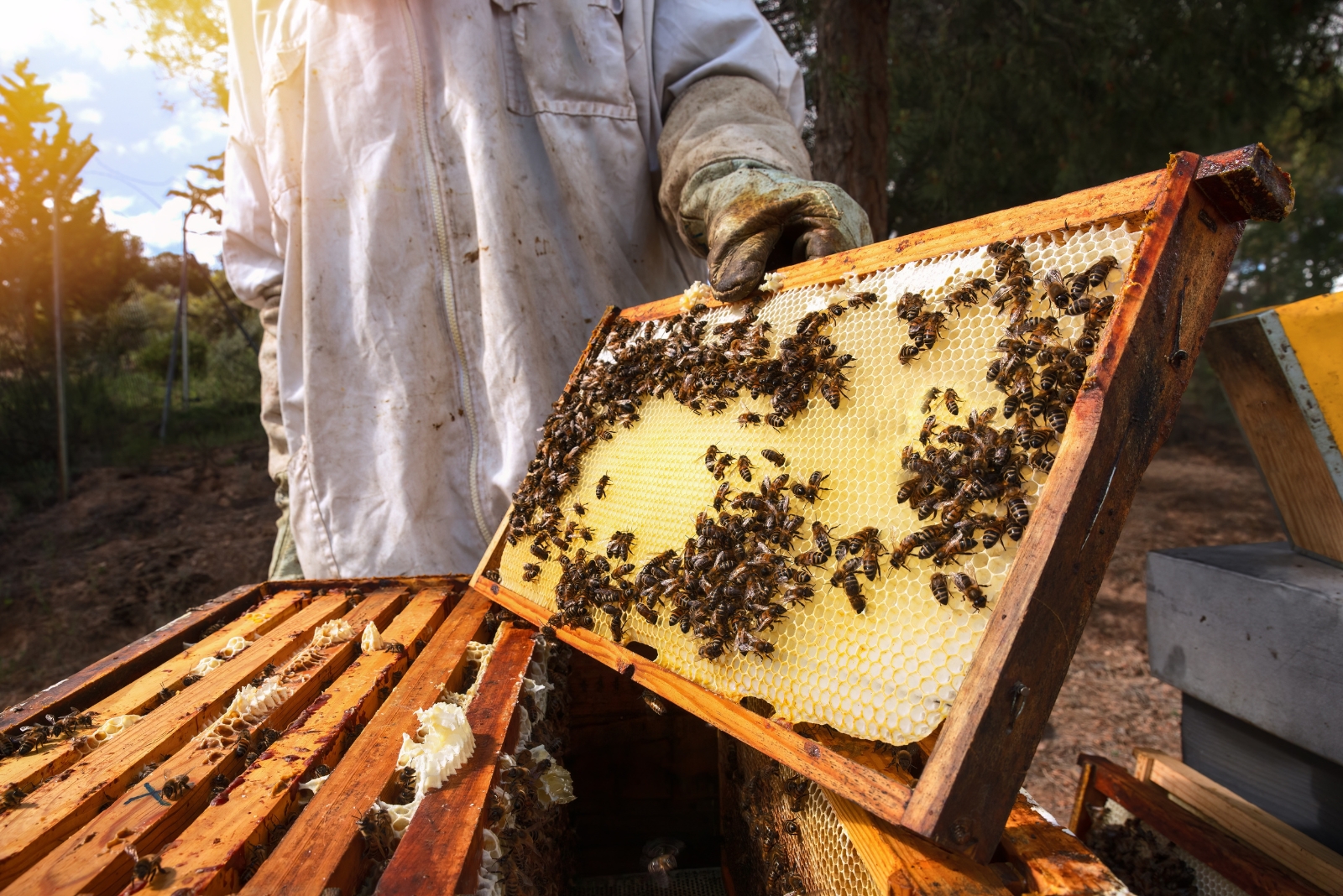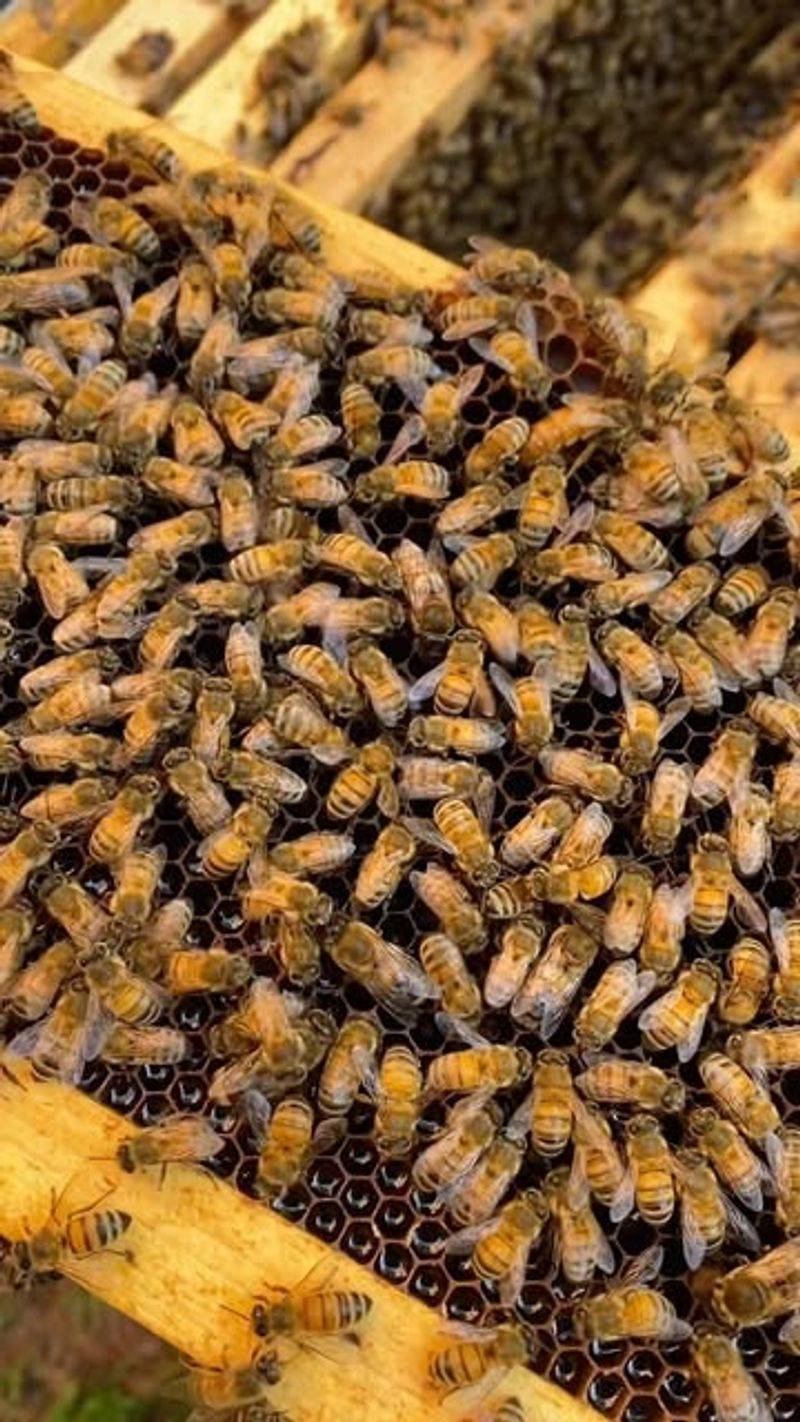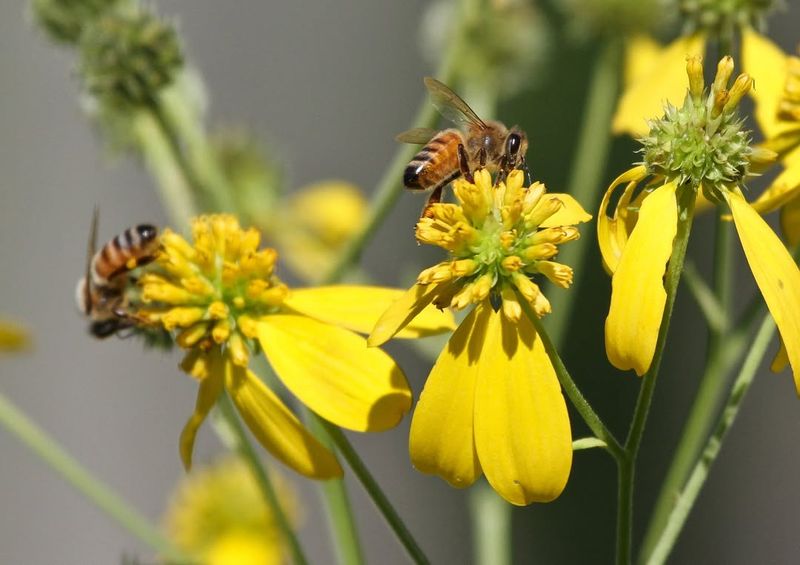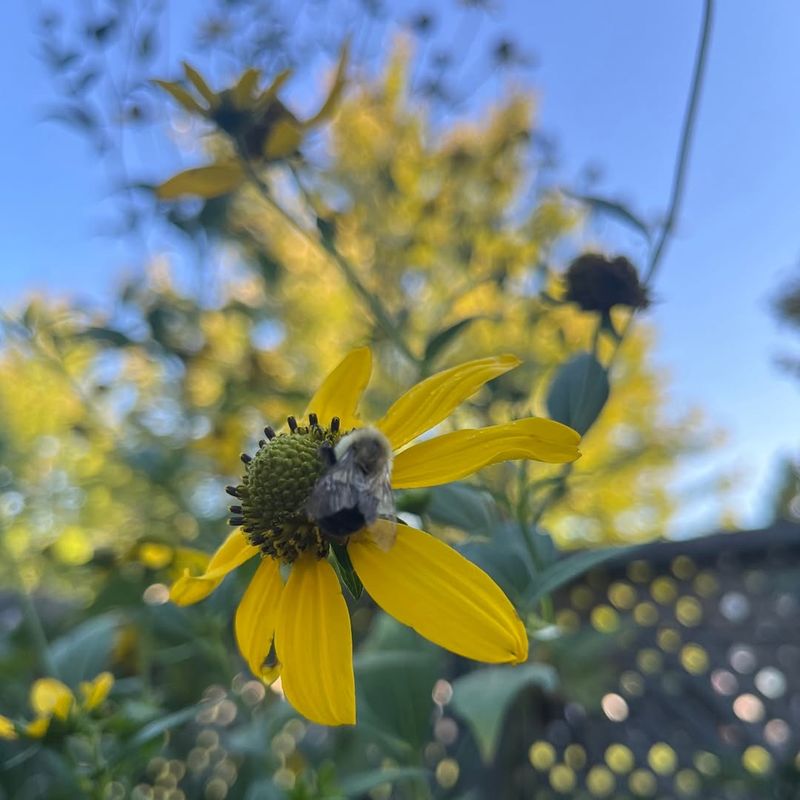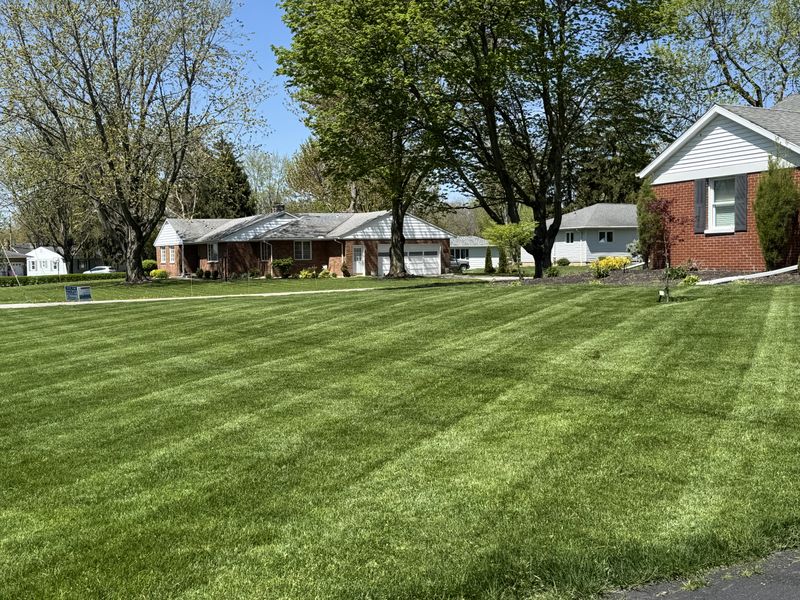Indiana gardeners have been noticing fewer bees, and I’ve felt the same worry in my own yard. There are several small shifts adding up to this big change.
Some are natural, and others come from the way landscapes keep evolving. Here’s what’s really behind their disappearing act.
1. Pesticide Use on Farms and Lawns
Chemicals sprayed on crops and lawns across Indiana can be deadly for bees. Neonicotinoids, a common type of pesticide, confuse bees and damage their ability to find food and return home.
Homeowners often use these products without realizing the harm. Even small amounts can weaken entire colonies.
Many Indiana farmers are now exploring safer alternatives to protect both their crops and the bees that pollinate them.
2. Loss of Wildflower Habitats
Wild prairies once covered much of Indiana, providing endless blooms for bees to visit. Development and large-scale farming have replaced these colorful meadows with buildings and monoculture fields.
Without diverse wildflowers, bees struggle to find enough nutrition throughout the seasons. Native plants that once fed countless pollinators are now rare sights.
Restoring even small patches of wildflowers in Indiana can make a real difference for hungry bees.
3. Climate Change Disrupts Bloom Cycles
Warmer winters and unpredictable springs in Indiana are throwing off the natural timing between when bees emerge and when flowers bloom. Bees wake up hungry, but their food sources may not be ready yet.
Extreme weather events like late frosts can kill early blossoms. Droughts stress plants, reducing nectar production.
Indiana’s changing climate creates a mismatch that leaves bees without reliable food sources when they need them most.
4. Varroa Mites Attacking Hives
Tiny parasites called varroa mites latch onto honeybees and feed on their blood, weakening entire colonies. Originally from Asia, these mites have spread throughout Indiana and the United States.
Infected bees become sick and struggle to survive the winter months. Beekeepers work hard to manage these pests, but it’s an ongoing battle.
Without intervention, varroa mites can destroy a healthy Indiana hive in just a couple of years.
5. Urban Sprawl Eliminates Nesting Sites
As cities and suburbs expand across Indiana, bees lose the bare ground, hollow stems, and dead wood they need for nesting. Many native bee species are solitary and require specific undisturbed spots to lay eggs.
Perfectly manicured lawns and cleared land offer no shelter. Construction projects remove old trees and brush piles that once housed bee families.
Creating bee-friendly spaces in Indiana yards can help offset the impact of urban growth.
6. Disease Spread Among Colonies
Viruses and fungal infections spread quickly when bee colonies are stressed or crowded. American foulbrood and nosema are two diseases that have hit Indiana hives particularly hard.
Commercial beekeeping operations sometimes move hives long distances, accidentally spreading pathogens. Once disease takes hold, it’s difficult to stop.
Indiana beekeepers must constantly monitor their hives and practice good hygiene to keep their colonies healthy and disease-free.
7. Monoculture Farming Limits Food Sources
Driving through Indiana, you’ll see mile after mile of corn and soybeans. While these crops feed people and livestock, they offer almost nothing for bees.
Corn is wind-pollinated and produces no nectar. Soybeans bloom briefly, leaving bees hungry for most of the growing season.
Adding hedgerows or cover crops with flowers to Indiana farmland could provide much-needed nutrition for struggling bee populations throughout the year.
8. Lack of Public Awareness
Many people in Indiana simply don’t realize how important bees are or what threatens them. Without understanding the problem, it’s hard to take action.
Homeowners unknowingly harm bees by removing dandelions or using harmful chemicals. Schools and communities rarely discuss pollinator conservation.
Education campaigns across Indiana could inspire residents to plant native flowers, reduce pesticide use, and create welcoming spaces for these essential insects.
9. Invasive Plant Species Outcompete Natives
Non-native plants like bush honeysuckle and garlic mustard are taking over natural areas throughout Indiana. While some invasive species produce flowers, they often lack the nutrition that native bees need.
Invasive plants crowd out the native wildflowers that have supported Indiana’s pollinators for thousands of years. Bees evolved alongside specific plants and depend on them.
Removing invasives and replanting natives helps restore balance to Indiana’s ecosystems and supports struggling bee populations.

